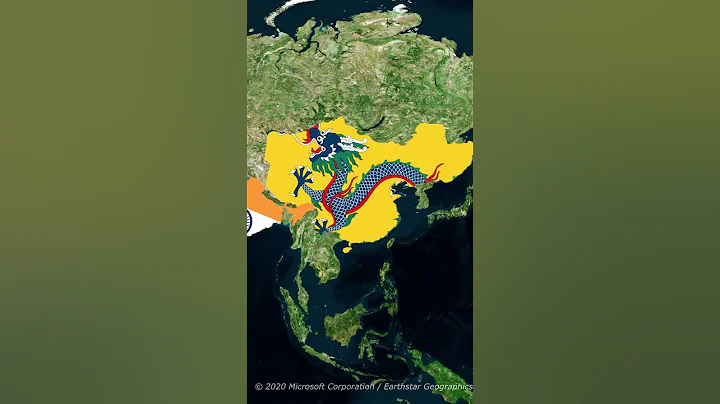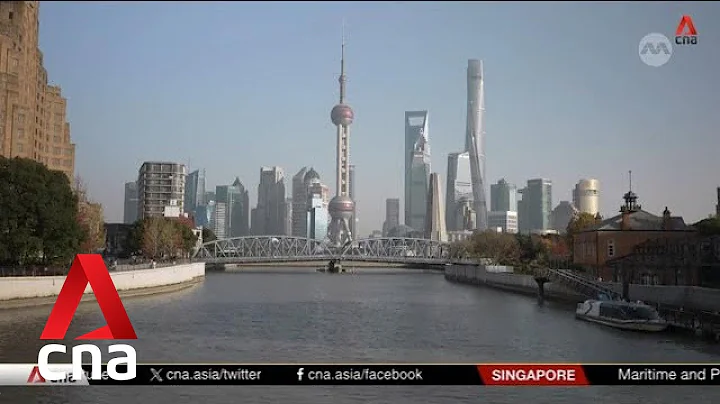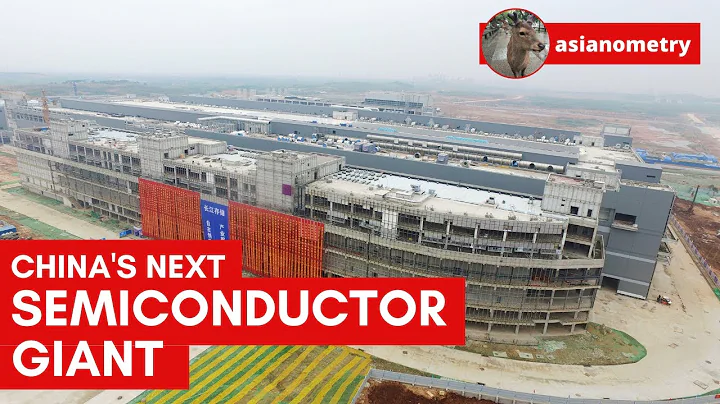
Vietnam's feudal era was an imperial system, with the monarch proclaiming himself emperor. After his death, imperial mausoleums were built in accordance with the emperor's regulations. The imperial mausoleums of the Nguyen Dynasty in Vietnam are still preserved and have become world heritage sites. However, the tomb of the last emperor is not in Vietnam, because he did not return to Vietnam after abdicating the throne, but was in France. The picture shows the tomb of Emperor Kai Dinh of the Nguyen Dynasty in Vietnam.

The imperial tombs of the Nguyen Dynasty in Vietnam continue the traditional mausoleum pattern of the Le Dynasty. Most of the imperial tombs have sacred palaces and dormitories that are not on the same axis as the treasure city, but are juxtaposed to the left and right. They should imitate the upper and lower palace system of the imperial mausoleums of the Tang and Song Dynasties. Among them, only the mausoleum of Emperor Mingming has a layout similar to that of the mausoleums of the Ming and Qing Dynasties. The Shenyu Hall and the Sleeping Hall are laid out on the same central axis as the Baocheng. The picture shows the tomb of Emperor Kai Dinh of the Nguyen Dynasty in Vietnam, which is currently the most important tourist attraction.

In 1955, the last emperor of Vietnam, Bao Dai, was deposed for the second time and was ousted. Both Emperor Bao Dai and Queen Nanfang went to France. However, Emperor Bao Dai and Queen Nanfang did not live together at that time. Queen Nanfang lived alone in Guoke. Province of Rez. On September 16, 1963, she suffered a heart attack at the age of 49. With only two maids by her side, Queen Nam Fang died at her home in the Corrèze province of France and was buried there. The picture shows the cemetery of Queen Namfang.

On September 16, 1963, Queen Nam Phuong was buried in a cemetery in Shabrinyak Town. Her son, Nguyen Phuc Bao Long, the last crown prince of the Nguyen Dynasty, and others held a funeral for her. However, Emperor Bao Dai did not attend her funeral. And a generation of world-renowned beauty queens quietly rested in a foreign land.

The tombstone of Queen Namfang is written with Chinese characters for the mausoleum of Queen Namfang. The tombstone is engraved with a pattern of two phoenixes rising to the sun, which highlights the dignity of the royal family.

On July 30, 1997, Bao Dai, the last emperor of Vietnam, passed away at the Military Hospital of the Valley of Grace in Paris, France, at the age of 84. On July 31, Bao Dai’s widow, the Frenchwoman Monique Bodo, and her children, the last crown prince of the Nguyen Dynasty and the prince and princess, held a church funeral for Bao Dai. The East Asian emperor was not ultimately buried in a traditional ceremony, but at the funeral, he The princes and princesses wore sackcloth and paid tribute to him before his death. The picture shows Baoda’s children dressed in mourning clothes as they attend Baoda’s funeral.

The cemetery of Bao Dai, the last Vietnamese emperor, is located in the Passy Cemetery in the 16th arrondissement of Paris. Bao Dai's tombstone was erected by his widow, so there is only one golden chime with four Chinese characters representing the royal family ("Edict of Bao Dai") on the tombstone. The tombstone has Vietnamese characters and French characters recording Bao Dai’s identity and the year of his birth and death. After the death of Emperor Bao Dai, most of the elders and children of the Ruan Dynasty disappeared, and no one gave Bao Dai a posthumous title or a temple name. The picture shows Baoda’s cemetery.







![The Rise of NEW MONARCHS [AP Euro—Unit 1 Topic 5 (1.5)] - DayDayNews](https://i.ytimg.com/vi/QPlahE2A1sU/hq720.jpg?sqp=-oaymwEcCNAFEJQDSFXyq4qpAw4IARUAAIhCGAFwAcABBg==&rs=AOn4CLADkk5pKXfOfvNS3_b5BaN7TosyBg)













